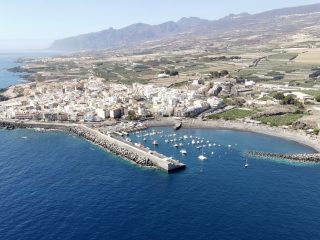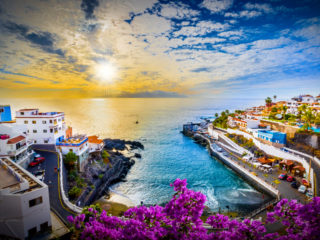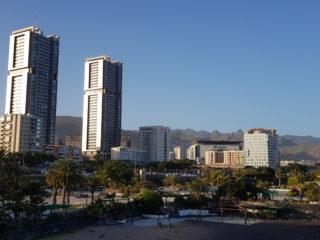Are we moving? A quick glance out of the window confirms that we are but it’s not easy to tell as the Santa Cruz tram glides silently through the centre of the city, snaking around corners like a multi-coloured serpent. After nearly three years the tram system has bedded in nicely, though sometimes it’s just the chime of the warning bell that reminds you of its presence.
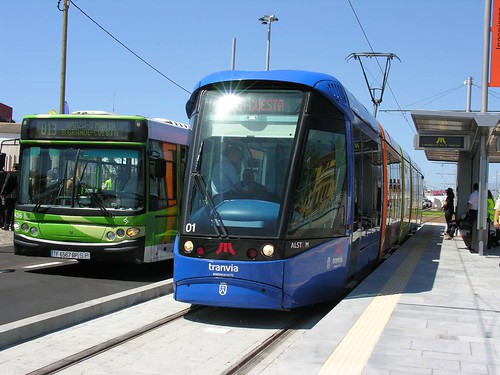
On 2 June 2007, the first of the 20 trams slipped out of Intercambiador on the way to La Trinidad in La Laguna as the Titsa buses came and went from the bus station above. The 21-stop Line One was joined in May 2009 by the short stretch of Line Two, linking Tincer with La Cuesta, intersecting at Hospital Universitario and El Cardonal. Why didn’t anyone think of such a great idea before? Well it seems that trams have passed this way before. In 1901 a service began running between Santa Cruz and La Laguna, boosted with a link to Tacoronte three years later. The growth of private cars and public buses finally derailed it in 1957, but now their traffic jams and pollution have opened up a new era for the tram.

Maybe it’s my boyhood awe of the London Underground coming out, but I love the sleek new carriages with seating for 56 (200 capacity including those standing).
Why not mix and match your mode of transport? Bicycles are allowed on and even have their own harnesses to keep them secure. That fits in nicely with the environmental theme as the 66 watts an hour of electricity powering these streamlined steeds, produces 40% less CO2 than road traffic. On the convenience front, they even have free Wi Fi access, greatly appreciated by the many students heading to La Laguna University.
All this doesn’t come cheap though. The first line cost 305.6 million euros and the later addition 55 million euros, but the trams have quickly become an integral part of the capital city. They even feature in the model versions of Tenerife at Pueblo Chico. Fares are very reasonable at just 1.30 or 2.45 return if you buy a ticket at a station, or 95 cents a trip with a Bono multi-journey ticket. A word of caution here, no money changes hands on the trams, so you can’t do a cash top-up for your dwindling Bono credit like you can on the buses. Do make sure you pop your ticket in the reader once you board – a 400 euro fine might make it an expensive shopping trip.
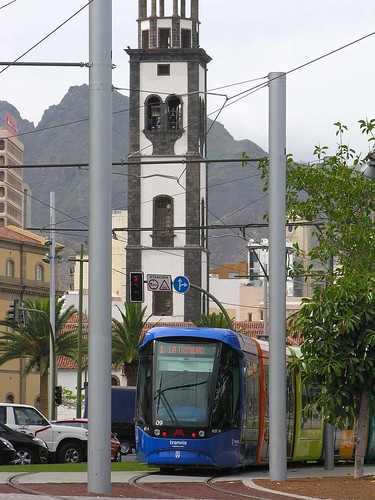
Not everyone is happy with the new mode of transport however. The taxi drivers have lost loads of trade and the Titsa bus workers complain that the trams get priority while the buses get pushed into the side streets. Future plans will give them even more food for thought. The Cabildo (government) owns 80% of the tram company and intends to have at least four lines running across Santa Cruz within a few years. There are also plans to extend a line to Los Rodeos north airport. But for anyone working in or visiting Santa Cruz, it certainly helps to show the city as a forward thinking, modern capital.
